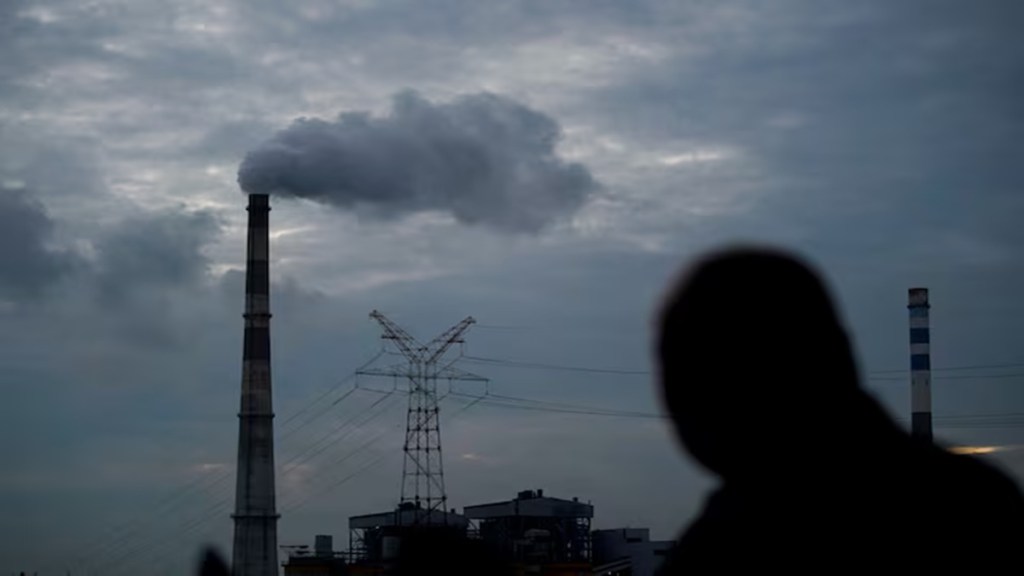By Somit Dasgupta
The next meeting of the Conference of the Parties (COP29) is scheduled to be held at Azerbaijan (Baku) from November 11-22. As is the case with all COP meetings, the two main issues to be discussed in Baku are the transfer of resources to developing countries to battle climate change and the worsening carbon footprints. There are several other issues which would be discussed and some are highlighted in this piece.
No climate change dialogue is complete without deliberations on transfer of resources to developing countries. In fact, availability of finance is going to be the prime subject for discussion at COP29. The magic figure of $100 billion per year has never materialised, though the actual requirement ranges from $1-6 trillion. The requirement for funds for climate change is now known by a new nomenclature called the New Collective Quantified Goal and the transfer of resources to developing countries (be it $100 billion or more) would be dealt under it from 2025 onwards. In the meantime, we also have the loss and damage fund mooted at COP27 in Egypt. It was operationalised during COP28 but the kitty committed to this fund is embarrassing to say the least, at less than $700 million. We also have a new voluntary fund in the making (Climate Finance Action Fund of about $1 billion) to assist developing countries through highly concessional loans and grants, and this has been proposed by Azerbaijan who is also expected to announce the first contribution to it.
Carbon footprint is estimated to be around 420 parts per million (ppm) carbon dioxide (CO2). For more than a decade now, the yearly increase has been in excess of 2 ppm and in 2023, it rose by 2.8 ppm from the previous year. However, these figures are estimates based on normative calculations and no one can really pinpoint the actual amounts, be it gross emissions or net figures after some of the carbon is absorbed by oceans, forests, and soil. What is more important than the absolute figures is the trend showing which way we are heading. Scientists have opined that to limit the increase in the earth’s temperature to 2°C, we should not cross 450 ppm CO2. This gives us around 10 years of breathing time and it also opens a Pandora’s box of climate equity (which country will get how much allowance in the remaining carbon space). The truth is that if we are to talk of climate equity in cumulative terms right from the industrial revolution, the developed countries will have to work on how much carbon they can suck out of the atmosphere to give some leverage and the notion of equity to the developing world.
To tackle the problem of carbon footprint, we have the nationally determined contributions (NDCs) which lay out the action plan of each country based on its potential. The moot point is whether the NDCs put together will succeed in limiting the rise in the earth’s temperature to 1.5°C by 2100. Experts say that if the current NDCs are fully implemented, it will lead to a rise in temperature to anywhere between 2.5 and 3° C. NDCs, incidentally, can be fully implemented only if the transfer of resources to developing countries fructifies. This has been made clear by the developing world, who treat a part of their NDCs as conditional to the availability of finance. NDCs are due for revision in February 2025 as they have to be revised every five years. The revised NDCs are more likely to be discussed at COP30 (in Brazil) but the momentum is going to be set during COP29 itself.
Climate action today is based on opaque data which is largely unverified. The corporate world is especially guilty of overstating their green action, which has led to the term “greenwashing”. In accordance with the provisions of the Paris Agreement, the first biennial transparency report (BTR) is due in December and thereafter, it will be reviewed every two years. This is expected to provide evidence-based strong NDCs, which will help in promoting trust among stakeholders. The BTRs, once submitted, will be reviewed by experts. The small island states and the least developed countries, however, have been permitted to submit their BTRs at their discretion.
Adaptation is another major issue on the agenda of COP29. The biggest challenge to adaptation is the availability of finance because adaptation measures usually do not have an income stream (as opposed to mitigation), and therefore lenders are shy of funding such activities. The private sector can play a major role in providing funds for adaptation, and this will only happen if the government de-risks such projects by providing co-funding and other incentives like tax benefits. Globally, today, the private sector’s contribution in adaptation measures is less than 2%. Linked to the “global goal on adaptation” is the preparation of the national adaptation plan, which has to be drafted by each of the 198 countries under the United Nations Framework Convention on Climate Change although less than 60 have prepared their plans till now. Preparation of such plans (and also NDCs) require technical expertise that many developing countries do not possess. What is required is capacity-building, which is another agenda for discussion at COP29.
The previous paragraphs only list a few items on the agenda, and there are many other issues/reports which are going to be discussed. Surprisingly, there is no mention of carbon markets in the agenda papers. Reports that would be discussed include those of various subsidiary bodies (for example, the Subsidiary Body for Implementation). Then we have the report on the Green Climate Fund, Global Environmental Facility, etc. Whether all this will lead to any concrete action remains to be seen. Frankly speaking, going by past experience, being optimistic would be considered foolhardy.
The author is senior visiting fellow, ICRIER.
Disclaimer: Views expressed are personal and do not reflect the official position or policy of FinancialExpress.com. Reproducing this content without permission is prohibited.

